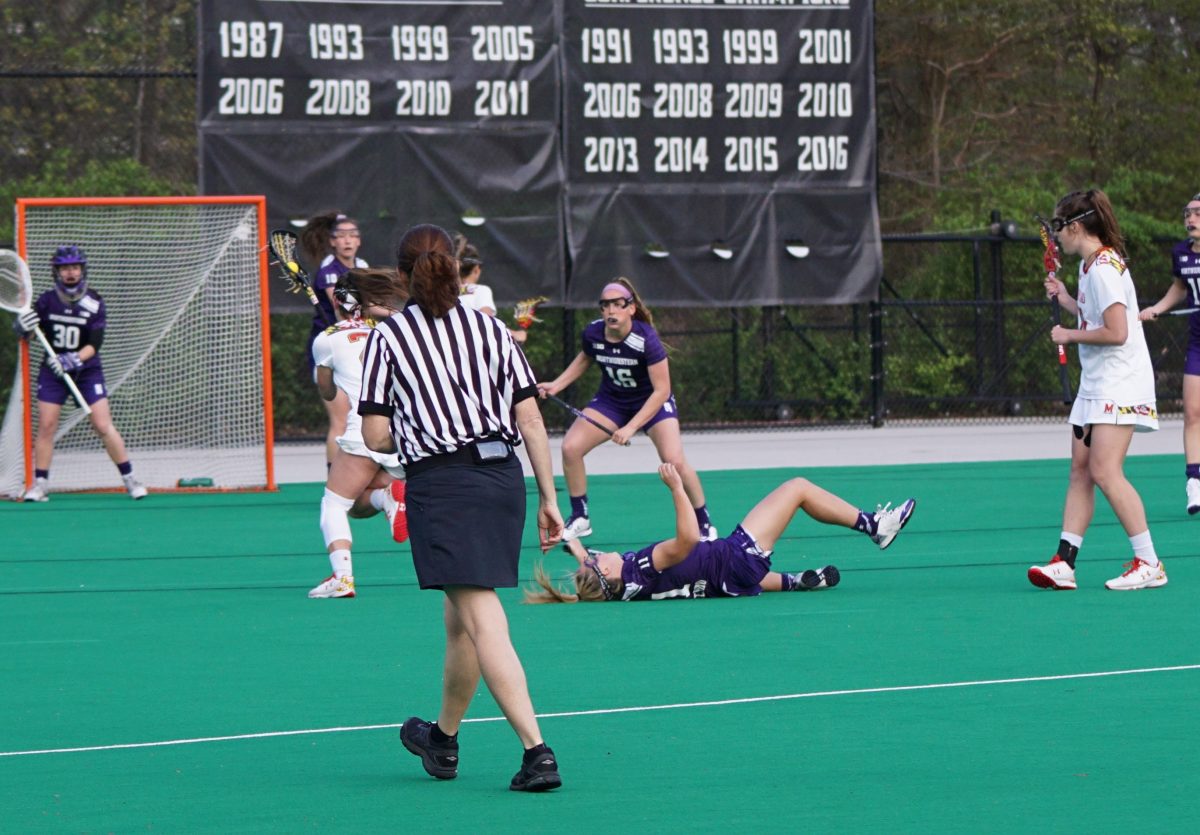If you’re a fan of hockey, then you probably already know how exciting it can be to watch the games and root for your favorite teams. But what if you could make a profit from your passion for the sport? Hockey betting can provide you with an opportunity to do just that. However, like any type of sports betting, it comes with risks, particularly with injuries that can affect the outcomes of games. In this blog, we’ll discuss some tips on how you can maximize your profits in hockey betting while minimizing the risks associated with injuries.
Understanding the Importance of Injuries in Hockey Betting
Hockey is a physical sport, and injuries are an inherent part of the game. Some injuries are minor and may only result in a player missing a game or two, while others can be more severe and cause a player to miss a significant portion of the season. As a result, injuries can have a significant impact on the performance of a team, and consequently, the outcomes of games.
Injuries can affect a team’s performance in several ways. For example, a team may be forced to play with a weakened lineup due to injuries, which can impact their ability to score goals or defend against their opponents. In some cases, injuries can also affect the morale of a team, which can lead to a lack of confidence and a decrease in overall performance.
As a hockey bettor, it’s essential to keep an eye on injury reports and understand how injuries can impact the performance of teams. You should always be aware of which players are injured, the severity of their injuries, and how long they’re expected to be out of the lineup. This information can help you make more informed decisions when placing bets.
Identifying Value in Hockey Betting Markets
To maximize your profits in hockey betting, you need to identify value in the markets. Value refers to situations where the odds on a particular outcome are higher than they should be, based on the probability of that outcome occurring. Finding value in hockey betting markets can be challenging, but it’s crucial if you want to make a profit over the long term.
One way to identify value in hockey betting markets is to do your research. You should analyze the statistics of the teams and players, as well as their recent form and performances. Look for situations where a team may be undervalued due to recent injuries or poor performances. For example, if a team is missing several key players due to injury, their odds of winning may be higher than the market suggests.
Another way to identify value in hockey betting markets is to compare the odds of different sportsbooks. Different sportsbooks may have slightly different odds for the same outcome, so you should shop around and compare the odds to find the best value.
Managing Your Bankroll
Managing your bankroll is crucial in hockey betting, as it can help you minimize your risk and maximize your profits. Your bankroll is the total amount of money you have set aside for betting, and it’s essential to manage it effectively to ensure that you don’t run out of funds.
One rule of thumb for managing your bankroll is to never bet more than 5% of your bankroll on a single bet. This rule can help you avoid significant losses and ensure that you have enough funds to continue betting over the long term.
It’s also important to set a budget for your betting and stick to it. Don’t bet more than you can afford to lose, and never chase your losses by increasing your bets after a losing streak. This approach can lead to significant losses and put your bankroll at risk.
Using a Betting System
Using a betting system can also help you maximize your profits in hockey betting. A betting system is a set of rules and guidelines that you follow when placing bets. There are many different types of betting systems, and each one has its own advantages and disadvantages.
One common type of betting system is the “Martingale” system, which involves doubling your bet after each loss until you win. While this system can be effective in theory, it can also lead to significant losses if you experience a long losing streak.
Another betting system is the “Kelly Criterion,” which involves betting a certain percentage of your bankroll based on the perceived value of a bet. This system can be effective in maximizing your profits over the long term, but it requires a thorough understanding of probability theory and risk management.
No matter which betting system you choose to use, it’s important to remember that there’s no guarantee of success in sports betting. You should always do your research and make informed decisions when placing bets, and never rely solely on a betting system to make your picks.
Conclusion
In summary, hockey betting can be a fun and potentially profitable way to enjoy your passion for the sport. However, it’s important to understand the risks associated with injuries and manage your bankroll effectively to minimize your losses and maximize your profits.
To be successful in hockey betting, you should always keep an eye on injury reports, analyze the statistics of the teams and players, identify value in the markets, and use a betting system that works for you. With these tips in mind, you can make informed decisions and increase your chances of success in hockey betting.







